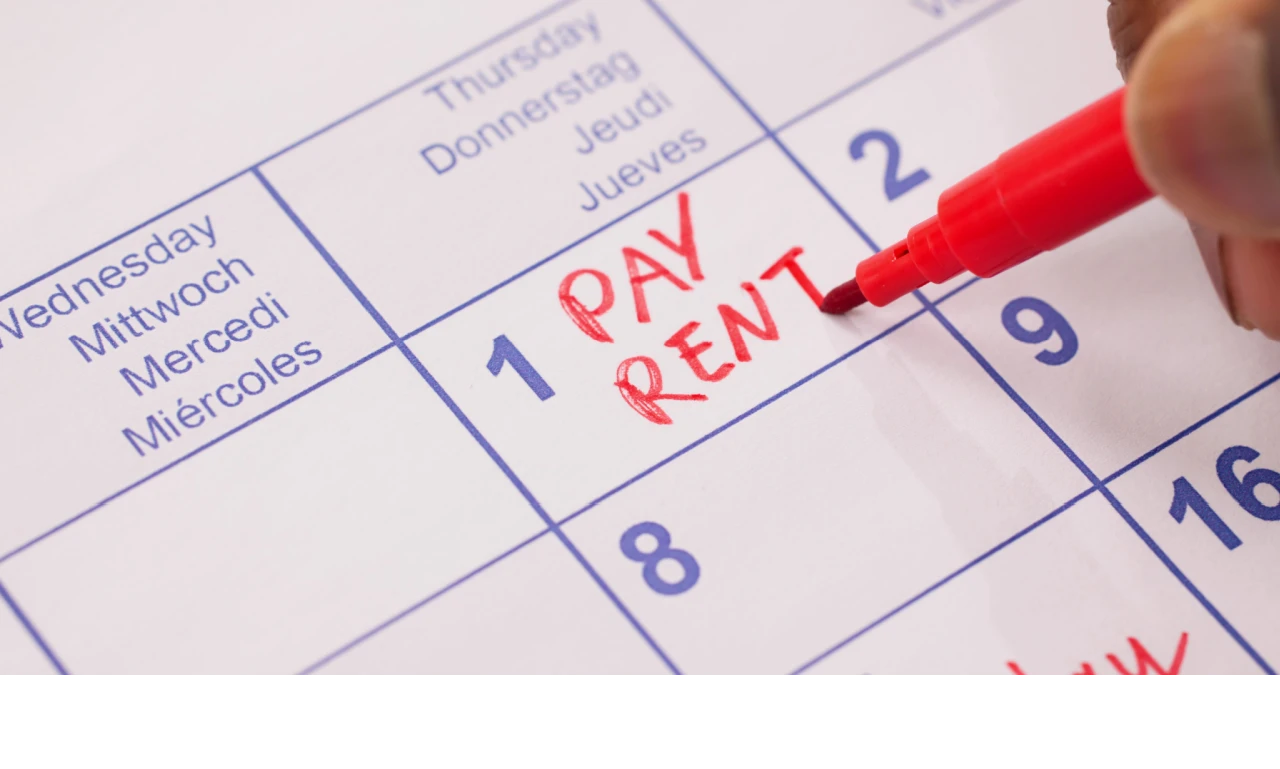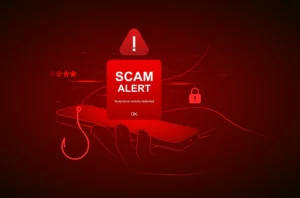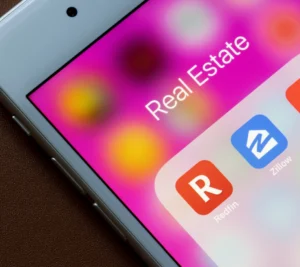Best practices to ensure you get your rent checks every month

Avoid These Risky Rent Collections Methods
What’s your favorite part of owning rental properties? I bet we can guess: collecting that rent check. Even better? Collecting rent on time.
Although it sounds simple, all landlords know the rent collection struggle. Between awkward conversations, constantly reminding each renter, running around town for cash and checks, and losing track of who paid what and when, it can be challenging. And despite the rise in popularity of peer-to-peer payment apps like Zelle, Venmo, and Cashapp – these methods pose more of a risk to your business than a solution.
So what’s the best method for collecting rent? And why are common methods like Venmo, Cashapp, Zelle, cash, and check considered “risky”? Keep reading as we dive into the pros and cons of each method and best practices to ensure you get your rent checks every month.
Peer-to-Peer Payment Processing Apps
They’re popular, renters know them, and you can use them from your mobile phone. So why are peer-to-peer apps bad for your rental business? A few reasons.
- You’re running a business, not splitting the bill.
These apps aren’t built for real estate investors. Because of this, there’s constraints in their ability to perform basic tasks that are essential to an efficient and compliant business. Features like autopay, rent reminders, and rent receipts are not included with these apps.
- High fees can dip into your cash flow.
Most peer-to-peer payment apps include business fees. The exact amount is dependent on the app you use, but fees typically range from 1.9% to a whopping 3%. When collecting rent, the last thing you want is a third party taking a cut of your income.
- Daily or monthly limits can interfere with ongoing payments.
Payment apps, specifically Zelle, have daily and monthly limits on payments, meaning there’s only a certain amount of money you can send and receive. Again, the exact limit depends on the bank you use, but limits can be as low as $500 a week. Payment limits will flat out limit your ability to collect rent from your tenants.
- The margin for error is low.
Beyond fees and payment limits, there is always the risk of paying the wrong person when using a payment processing app. With Venmo, it’s impossible to cancel a payment through the app with no way to receive a refund. Zelle is the same, with stories of renters sending payments to the wrong account even making the news. People make mistakes, and with no ability to reverse actions, this can lead to missed rent payments, angry tenants, and in extreme cases, lawsuits.
Although convenient and popular with renters, peer to peer payment apps are not a good option for a rental business. They’re limiting, dip into your cash flow, and can lead to real problems like months of missed rent. Don’t waste your time trying to make these work for your investment properties.
Screen Your Tenant Today!
Gain peace of mind with AAOA’s credit, criminal, and eviction reports.
Cash & Check
Cash and checks are the age-old method of collecting rent. There’s no fees, no payment limits, and no apps or logins you need in order to use them. A good deal of landlords still collect rent this way. Although it seems simple, cash and checks pose their own risks to landlords.
- It’s time consuming.
As a growing investor, you’re busy. You don’t need to be wasting your time running around town to collect cash or check rent payments. If you’re managing out-of-state rentals, this is far from the easy solution.
- It’s hard to document and easy to misplace.
Say you just collected cash from one of your tenants. When you get back to your office, you realize you don’t have the full amount. What happens if they insist they gave you the full payment? Back and forth and “She said, he said” is a huge issue that can arise from collecting rent with cash and checks.
- Checks are outdated and can be canceled easily.
Aside from the same risks as cash rent payments, checks carry even more risk. First, we all know how easy it is for a check to bounce or be canceled. If this happens, you’re out a month’s rent.
Additionally, many younger tenants may not even own a checkbook. Checks are becoming less and less common, especially with large banks going completely online. It can be tough to collect checks from a tenant who has never cut a check.
Cash and check used to be the go-to method for rent collection. But as a busy investor who doesn’t have time to track down cash or check payments or argue back and forth with a tenant who insisted they paid, this rent collection option is more of a headache than you can afford.
Rent Collection Apps
So if payment apps, cash, and checks are too risky, who are you supposed to collect rent from tenants? Thankfully, there’s a slew of services designed specifically for landlords to collect rent from tenants. They’re fast, easy, and built to save you time and money as a landlord.
- They send rent reminders for you so you don’t have to be the bad guy.
Tired of messaging tenants bugging them for rent every week? Rent collection apps will send your tenants automatic reminders before rent is due so you don’t have to worry about it.
- Tenant scan set up autopay.
The easiest way to ensure tenants pay on-time? Giving them the option to set up autopay. Even the most organized tenants can forget that rent is due, so autopay is a great option to have them send you rent every month, no matter what.
- Rent receipts are taken care of for you.
Did you know that landlords are legally required to send rent receipts in 18 states? If you’re not doing this, you should be. Some rent collection software will take care of this for you. TurboTenant sends your tenants rent receipts every month so you’re compliant and tenants have confirmation that they paid.
- There’s a detailed record of who paid what, when.
It’s always important to know who paid rent and when they did. Especially for landlords with multiple tenants, this can be a huge manual process. If you’re using rent collection software, you’ll be able to easily access historical records for each of your tenants. No more “he said, she said”.
- Accounting is typically built in.
A great rent collection service will have built in accounting. All rent payments and security deposits will be automatically tracked and categorized for you, and you can even connect bank accounts and credit cards to automatically book all business transactions. Come tax season, you can easily download a tax packet and have an organized record of your business expenses.
Overview
It’s important to choose a rent collection method that will save you time, money, and headache. If you choose to go with a peer-to-peer payment app or cash and check rent payments, keep in mind some of the risks associated and make sure you’re remaining compliant by sending rent receipts every month. As a landlord, whatever method works best for you and your tenants is the best option, but keep in mind some of the benefits of upgrading to a professional solution.
Source: Active Duty Passive Income













 Accessibility
Accessibility